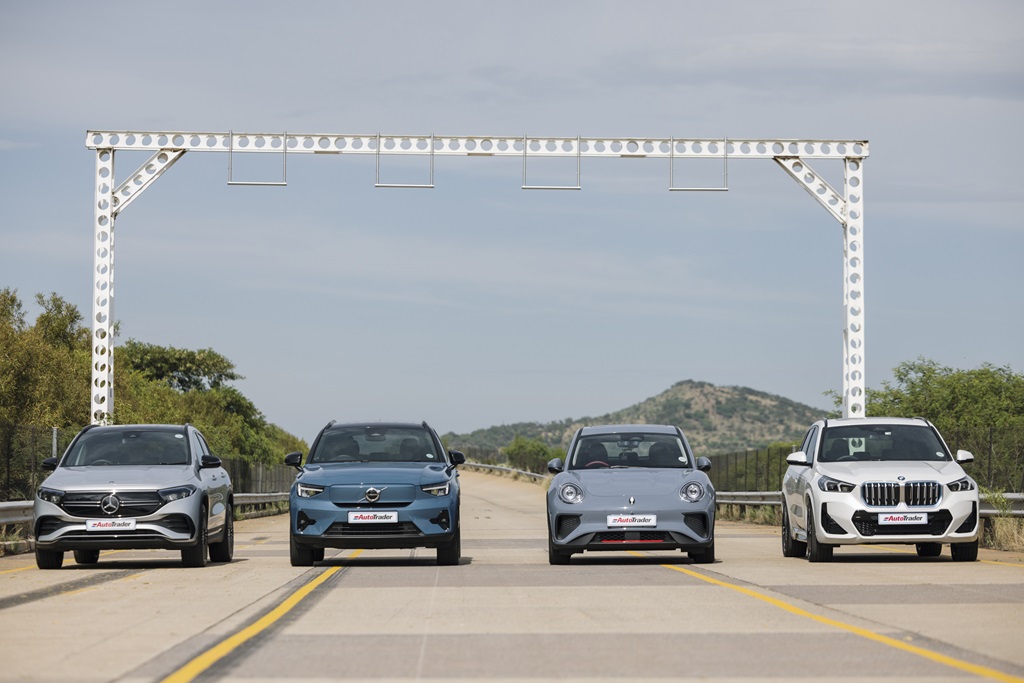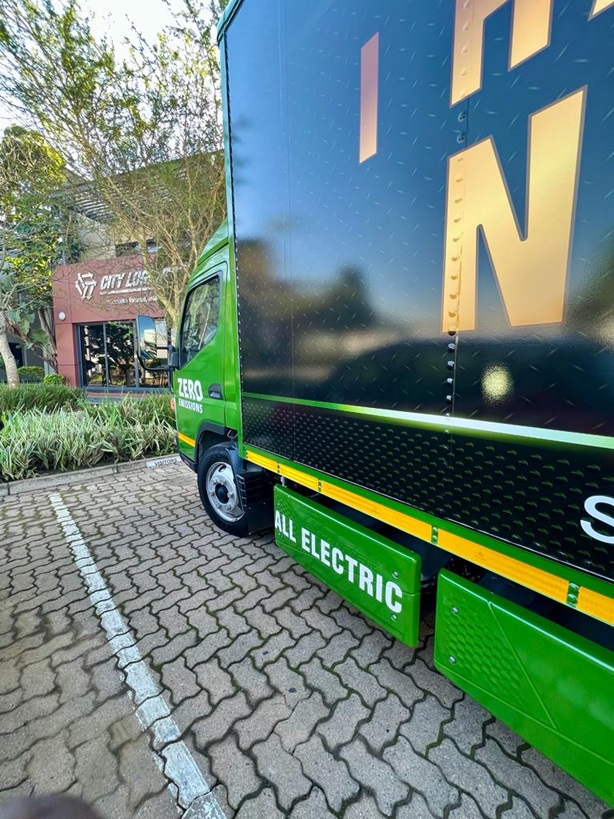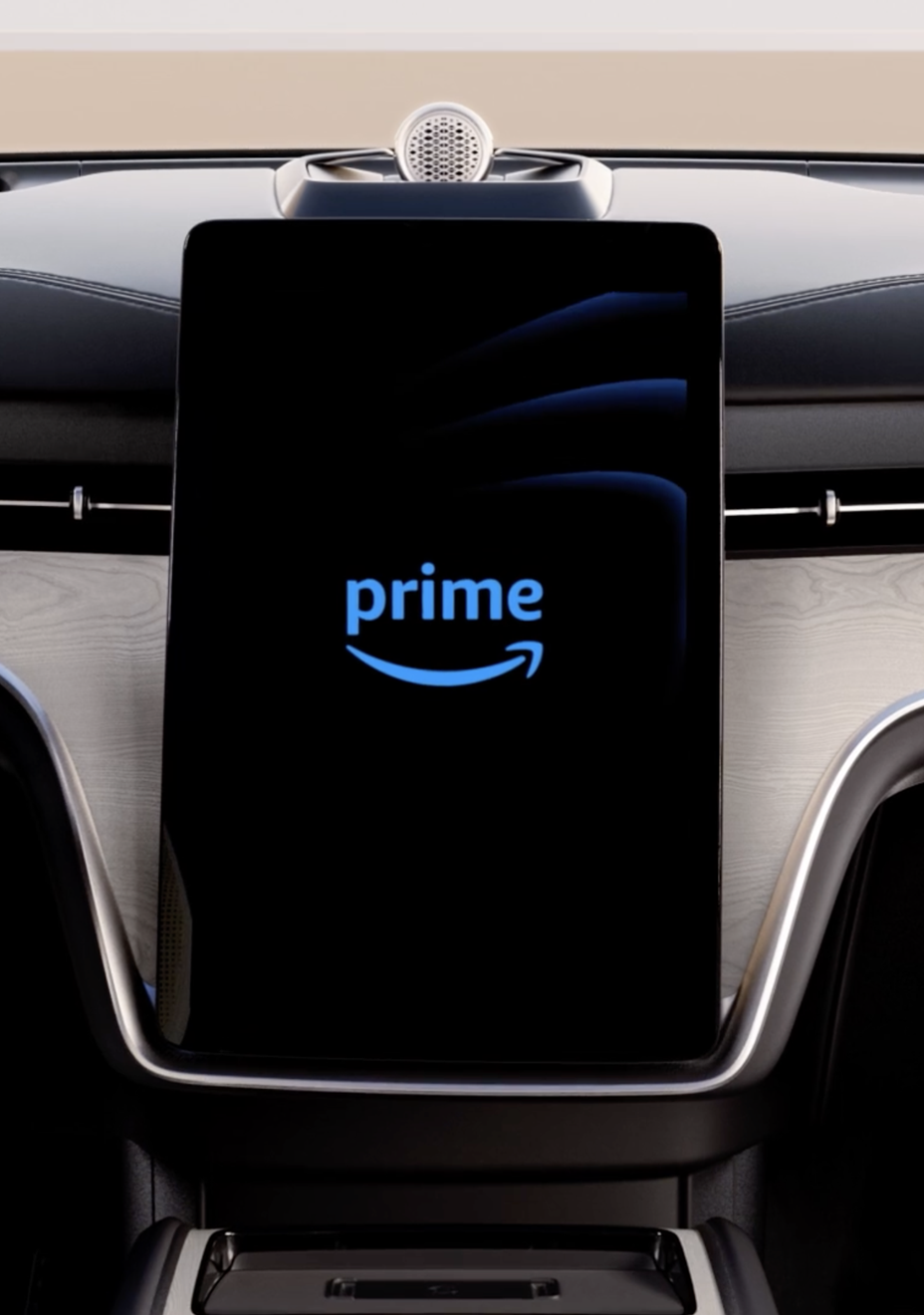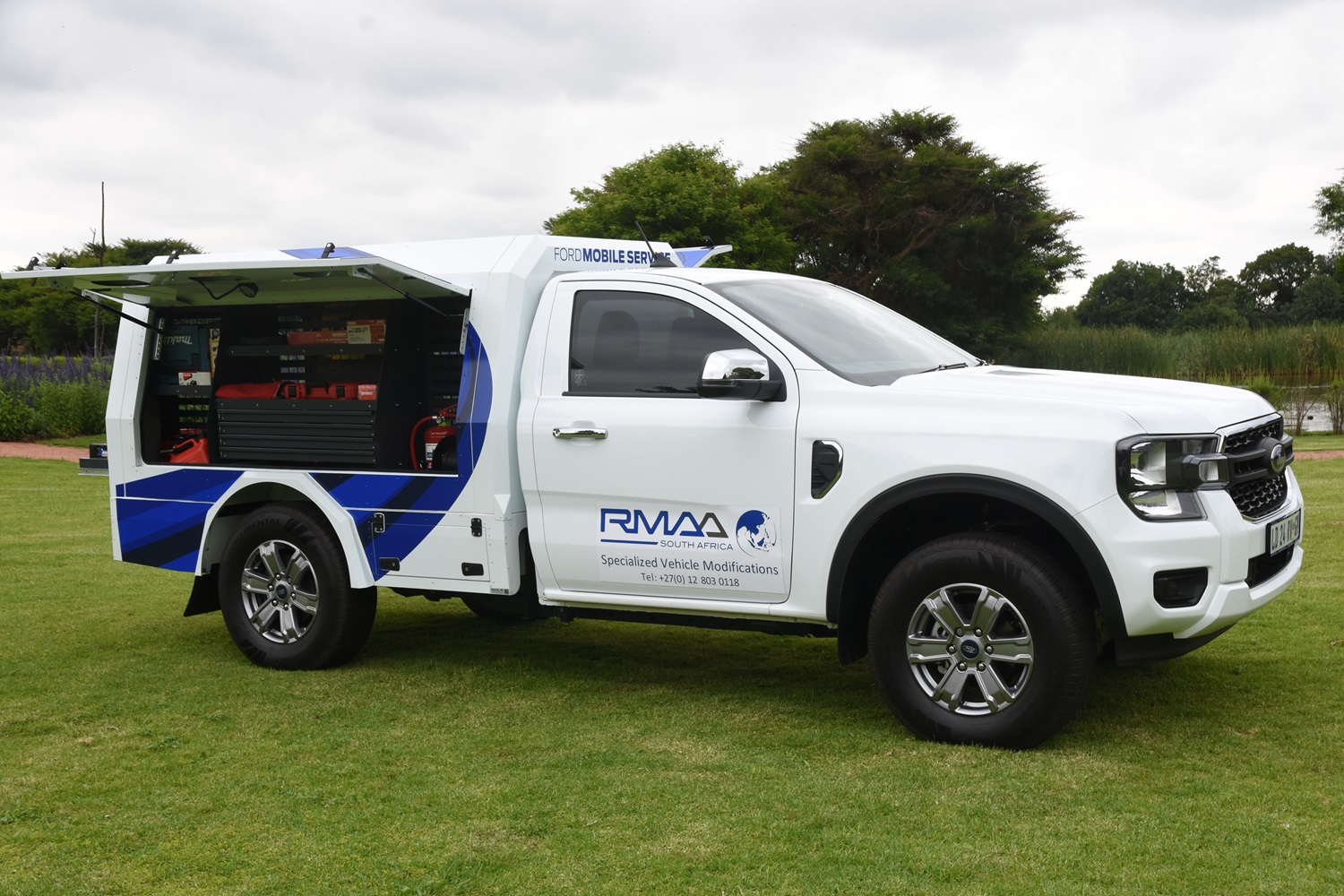After six generations of success in the medium-size sedan category, the all-new, seventh-generation Lexus ES is forging a new and more ambitious path. Long renowned for its comfort, refinement and luxury appointments, the new ES builds on its strengths with an all-new chassis that allows for a more dynamic exterior design and even better driving performance.
The seventh-generation ES follows the new LS flagship sedan and LC coupe in carrying forward a new chapter in Lexus design that has a much stronger emotional quality. The eye-catching styling, made possible by the use of an all-new Global Architecture – GA-K platform, will have particular appeal to customers, together with a more engaging driving experience and even higher safety provisions. The range includes the ES 250 petrol engine model as well as ES 300h – both on sale from October 2018. The ES 300h is powered by a new self-charging hybrid system.
NEW DIMENSIONS IN ES DESIGN
Because the new ES is built on the all-new Global Architecture – GA-K platform – this gave Lexus the opportunity to explore the limits of mid-size luxury sedan design. The car is longer (+65 mm), lower (-5 mm) and wider (+45 mm) than its predecessor. The longer wheelbase (+50 mm) allows the wheels to be pushed closer to the car’s corners, with wider front and rear treads (+10 and +37 mm). Its stance and proportions reflect its new-found performance capabilities and give the ES the kind of eye-catching appeal that will make owners and admirers take a second look.
In a break with past generations, the design features a rear-ward-sloping fast roofline that emphasises the vehicle’s lower stance and slippery aerodynamics. The rear end is clean and sharply chiselled, with LED lamps that wrap around the quarter panels to generate a continuous styling line when viewed from any angle. Two different 17-inch and 18-inch wheel designs are available for the ES models. The ES 250 EX model is equipped with 17-inch multi-spoke cast alloy wheels and the ES 300h SE model runs on 18-inch Hyper Chrome Cast Allow noise-reducing wheels, featuring a turbine design. The hybrid model also features an integrated rear spoiler as well as auto-fold door mirror functionality when the car is switched off. (Incidentally both models feature bi-tone mirrors finished in a combination of anthracite black and body colour.)
LED low and high beam headlamps are standard on the ES 250 EX model. The slim, compact headlamp features a standard bi-LED unit with an integrated LED DRL in the classic Lexus L-motif. The LED lamp unit allows for a compact design and requires less energy, contributing to improved fuel economy.
Premium triple-beam LED headlamp technology on the Hybrid uses three compact bi-LED units. All-LED turn signals and side marker lamps are also included and its Adaptive High-beam System (AHS) is designed to provide enhanced visibility using the high-beam lamps.
The Lexus ES range comprises nine colours; White Quartz, Platinum Silver, Mercury Grey, Opulent Blue, Black and Morello Red. New to the ES range is Sonic Titanium as well as ES-exclusive colours – Ice Ecru and Olive Green.
Another standard feature on both models is the Moonroof with Tilt & Slide functionality.
THE FUTURE OF LEXUS INTERIORS
When designing the look and feel of the ES’ cabin, Kajino’s team’s starting point was the Lexus Future Interior concept, which blends a driver-centric cockpit with a spacious and comfortable area for the front passenger. The driver’s focus is kept on the road ahead by locating the centre display screen, instrument panel and head-up display (hybrid only) in a tight cluster within the field of view.
Lexus calls this concept “Seat in Control”, a simple idea that ensures all the controls you need are within easy reach and all the information you want is in plain view. The arm rest slides comfortably under your elbow and the buttons can be pushed without taking your hands off the wheel, including protruding horn-type activators for the Drive Mode Select function and traction control switches which are housed within the instrument nacelle.
The new ES provides a driving posture which reduces fatigue and provides an excellent feeling of envelopment, while also supporting the correct driving posture. The shape of the front seats have been designed in consideration of operating the steering wheel as well as ingress and egress which allow for easy access for the driver (the steering wheel and driver’s seat automatically adjust for ease of access). Furthermore, these comprise two-way lumbar support on the ES 250 and four-way lumbar support on the hybrid model.
Another means to reduce driver distraction is the head-up display (available as a standard on the hybrid model) that projects relevant vehicle information onto the windscreen. Fully adjustable to suit the driver’s preferred parameters, the colour display is the largest in the luxury car class. In addition to basic functionality, such as speed, fuel level and shift position, the display can also present speed limit signs, lane-keeping assist warnings and navigation directions.
What the driver sees is also enhanced by what they feel. The driving position in the ES has been refined with a more natural steering wheel angle and revised pedal positions. The steering wheel itself is borrowed directly from the LS and features an ergonomically-shaped rim. The ES 300h steering wheel comes standard with a wood trim as well as integral heating elements. In both the ES 250 and ES 300h, the Lexus Climate Concierge cooperatively controls the climate control system, seat heating and steering-wheel heating (hybrid only) to quickly provide the driver and each passenger with a comfortable environment.
As mentioned, heated front seats are available for the driver and front passenger in the ES 250 – the hybrid model also provides seat heaters for the rear passengers.
The cabin is a connected space, too, with the availability of a navigation system on the hybrid which includes a range of connected services. The navigation provides a 12.3-inch multimedia display and second-generation Remote Touch touchpad control; its voice recognition capabilities extend to a mobile assistant, allowing contactless driver’s smartphone control. The display features a reverse camera as standard kit, but the hybrid tops this up with a panoramic view display.
The standard combination meter features a 7-inch TFT LCD screen with a display configurable based on the driving mode. An Optitron-type meter is used for the water temperature and fuel gauges and lastly, a start-up animation plays across the combination meter, multimedia display and Head-Up Display, creating a visual welcome in the Lexus ES.
Naturally, cruise control is standard on the ES and, in the case of the hybrid, it includes radar functionality.
A NEW ERA OF PERFORMANCE
The engineering team, led by Chief Engineer Yasuhiro Sakakibara, had a clear goal: transform the image of the ES. That meant turning a sedan known primarily for comfort and quietness into one that is equally capable of delivering class-leading handling and power that you can feel and hear.
According to Sakakibara, this ES has been built to deliver a fundamentally higher level of performance than any of its predecessors. He said: “We knew that this ES had to feel responsive and easy to drive, no matter what kind of road it was on. That can only be achieved with a solid foundation.”
The starting point was the new GA-K platform. It is an exceptionally rigid, front-wheel drive chassis that rivals the GA-L rear-wheel drive platform used for the LC coupe and LS sedan in terms of torsional stiffness. Various grades of high-tensile steel reduce weight compared to previous platforms, while enhancements such as an all-new multi-link rear suspension design, rack-mounted electric power steering and a V-brace behind the rear seat gave the engineers the flexibility to tune the ES with a new-found precision.
The chassis team sought to create a sense of comforting predictability coupled with a feeling of quick response to every movement.
SUSPENSION THAT ADAPTS TO ITS SURROUNDINGS
With a solid base to build upon, Sakakibara’s team turned its efforts to designing a suspension that could be tuned to deliver both exceptional comfort and precise handling. The resulting design uses MacPherson struts at the front and a trailing arm, multi-link setup at the rear, with anti-roll bars at each end.
Yoshiaki Ito, chief test driver, describes the ES’ heightened level and refined definition of comfort as follows: “We want every kind of driver to feel a sense of complete control when they are behind the wheel of the ES. It’s a level of comfort that goes beyond merely delivering a smooth ride.”
Although the design of the front suspension is similar to the previous ES, several changes have been made to improve overall responsiveness. The angle of the strut itself has been revised to better align it with the load path from the wheel for improved ride quality, while an increase in caster angle (+2 degrees) and caster trail (+8 mm) help to improve straight-line stability. New Dynamic Control Shocks are capable of responding to even the smallest movements thanks to a non-overlapping auxiliary valve that allows damper oil to flow in either direction before entering the main valve.
The rear suspension design has a trailing arm, multi-link setup that also benefits from the responsiveness of the new Dynamic Control shocks. Higher placement of the trailing arm mounting point and a larger bushing size result in improved control over road irregularities. Wider spacing of the anti-roll bar bushing mounts also contributes to overall roll reduction.
More precise steering inputs are delivered by a new rack-assist type Electric Power Steering (EPS) system. Unlike the previous ES which used an assist motor mounted on the steering column, the new EPS set-up puts the assist motor directly on the steering rack, which returns more precise feedback to the steering wheel. The new layout also allows for additional steering wheel adjustability with 30 mm of additional tilt and 40 mm of additional telescopic range.
ALL-NEW D-4S POWERTRAIN
The ES 250 is available with an all-new, high-efficiency, direct-injection 2.5-litre four-cylinder petrol engine and a new eight-speed Direct Shift automatic transmission. Outputs are pegged at 152 kW at 6600 rpm and 243 Nm at 4000-5000 rpm.
Constructed in lightweight aluminium, it has a long-stroke design, laser-clad intake valve seats and advanced intelligent variable valve timing (VVT-i) to achieve high-speed combustion. It has a high overall thermal efficiency of 38 per cent. The fuel consumption on the ES 250 is 6.6 litres/100km and it dispatches the 0-100 km/h sprint in 9.1 seconds and lastly, its top speed is clocked at 210 km/h.
The Direct-4S injection system in the 2.5-litre engine is used to provide high-pressure direct fuel injection and low-pressure port injection for low-load, Atkinson-cycle operation. Additional efficiencies are realised by a continuously-variable oil pump and a variable-cooling system, both of which adjust their operation to work only when needed. For instance, when the engine is cold, the piston oil cooling jets are disengaged to allow for quicker warm up and reduced exhaust gases. In the same situation, the electric water pump reduces the overall coolant flow rate as well as redirecting coolant from the engine block to the heater core for quicker cabin heating and engine warm up. The 2.5-litre engine incorporates fast-burn combustion technology that makes it one of the most thermally-efficienct engines to feature in a production vehicle. The result is more power without increasing emissions or fuel consumption.
A MORE FLEXIBLE TRANSMISSION FOR MAXIMUM DRIVEABILITY AND MILEAGE
The ES’ 2.5-litre in-line four-cylinder engine delivers power to the front wheels through a new eight-speed Direct Shift automatic transmission in the ES 250. This new transmission uses an ultra-thin torque converter and a multi-plate lock up clutch to maintain a direct connection in almost all situations other than take off. The result is dual clutch-type feel in most situations along with the smooth application of power from a stop like a traditional automatic.
Compared to the previous six-speed automatic, the eight-speed Direct Shift transmission has a wider range of ratios, designed to return improve fuel consumption and more responsive performance. For instance, the previous first gear ratio in the six-speed automatic was 3.30:1, while the new eight-speed offers a 5.25 first gear for the four-cylinder. At the high-end, the new transmission allows the engine to run between 250 and 300 rpm lower at 100 km/h compared to the six-speed. The ES 250 also features steering wheel paddles for ‘manually’ changing gears in Sport mode if desired.
FOURTH-GENERATION HYBRID DRIVE SYSTEM
The ES 300h is equipped with a new, fourth-generation, self-charging hybrid drive system that can deliver exceptional fuel-efficient, responsive performance and minimal emissions for a mid-size luxury sedan. It couples the aforementioned ultra-efficient 2.5-litre Atkinson cycle four-cylinder petrol engine with a lighter, more compact and more power-dense electric motor. Total system power is 160 kW and combined cycle fuel economy is from 4.6 l/100km. The ES 300h sprints from 0-100 km/h in a laudable 8.9 seconds and is electronically-governed to a top speed of 180 km/h.
Designed specifically to work with the 2.5-litre engine, the new transaxle has a multi-axle arrangement of the electric motors in place of the previous coaxial set-up which reduces the overall length of the package by nearly 30 mm. The traditional planetary gear set has been replaced by a parallel shaft gear and a multi-function gear that incorporates a power split planetary ring gear, parking gear and counter drive gear into one compact unit.
The nickel metal-hydride battery that powers the electric motor has been relocated from the boot to underneath the back seat. This was made possible by a 120 mm reduction in the height of the battery and the adoption of a more compact cooling system. Moving the battery under the seat not only frees up boot space, it also improves the car’s front-to-rear weight distribution for better handling.
Several new features have been incorporated into the ES 300h to improve overall driving satisfaction and engagement. The hybrid control system is now designed to deliver a more linear acceleration feel by aligning engine speed more closely with vehicle speed, reducing the “rubber band” feel commonly associated with hybrid systems. Engaging the Sport drive mode further enhances acceleration by boosting torque at lower speeds while paddle shifters can be used to move through eight-simulated gears for more precise control.
DRIVE MODE SELECT
Both the Lexus ES 250 and ES 300h are equipped with Lexus Drive Mode Select, which allows the driver to tailor the driving experience by selecting from three different drive modes.
Normal mode provides an optimal balance between driving performance and fuel efficiency; ECO mode maximises fuel savings across all driving conditions by smoothing the throttle response, and by moderating air conditioning operation; Sport Mode delivers quicker throttle response and increased power steering feel.
UNPARALLELED SAFETY PROVISIONS
The seventh-generation ES features the advanced safety technology expected from a Lexus. ES models are equipped with ten airbags: 2 x driver and front passenger airbags; 2 x driver and front passenger knee airbags; 2 x driver and front passenger seat-mounted side impact airbags; 2 x front to rear-side curtain airbags; and 2 x rear cushion airbags.
The ES is available with some of the key features from the latest Lexus Safety System+. For South Africa, these impressive safety features are available in the hybrid model only.
This includes the Pre-Crash System (PCS) which is capable of detecting oncoming vehicles and pedestrians. PCS has also been enhanced to detect pedestrians at night by increasing the radar’s sensitivity and dynamic range.
Other features include; Adaptive Cruise Control
Lane Departure Alert (LDA) – detects not only yellow or white traffic lane markings, but can also detect the edges of the roadway.
Adaptive High Beam System (AHS) – not only turns the headlight high beams on and off automatically for the driver, but its 24 individual LED light array is capable of adapting the light pattern to provide enhanced illumination while reducing glare for oncoming drivers
Blind Spot Monitor (BSM) – incorporating Rear Cross Traffic Alert – this is supported with high definition cameras also aid for a crisp clear view. The model also has a Panoramic View Monitor display which displays a composite image from cameras installed in the front, the left and right outer mirrors, as well as the rear of the vehicle on the multimedia display. This ultimately shows the vehicle as if viewed from above to support the driver when reversing at slow speeds.
THE WORLD’S MOST IMMERSIVE AUDIO EXPERIENCE WITH MARK LEVINSON
The 17-speaker Mark Levinson was created to immerse each individual in a powerful, precise and pure audio experience. Only available in the Hybrid model; the Mark Levinson sound system comes with multiple unique approaches to deliver outstanding in-vehicle performance: precision staging, world-class speaker design and placement, and unparalleled tuning and decompression technology.
Speakers are placed at shoulder level around the cabin, enhancing acoustics and creating a tonal synergy. These perfectly timbre-matched locations deliver a consistent tonal colour between all mid-range speakers and all tweeters, effectively creating two identical sound stages for the front and rear passengers. As a result, each individual is enveloped in sound, creating a listening experience that is consistent in every seating location.
The ES 250 EX model comes standard with Lexus Premium Audio. Both audio systems come standard with Digital Audio Broadcaster (DAB) which allows the broadcaster signals to change without interruption when the signal needs to be switched.
LEXUS ES PRICES AND SERVICE INFORMATION
The Lexus ES 250 EX carries a price tag of R593,300 and the ES 300h SE model retails for R843,800. Furthermore, Lexus has expanded the customer care experience for which it is renowned – announcing a best-in-class 7-year/105 000km Warranty and Full Maintenance Plan. Vehicle service intervals are at every 15 000km, alternatively once a year.
This approach definitely illustrates the deep belief Lexus has in their vehicles’ master craftsmanship and outstanding build quality. The new and extended warranty and maintenance plan is officially available in the RX, NX, LC, LS and LX range.
Provided by Lexus SA












































